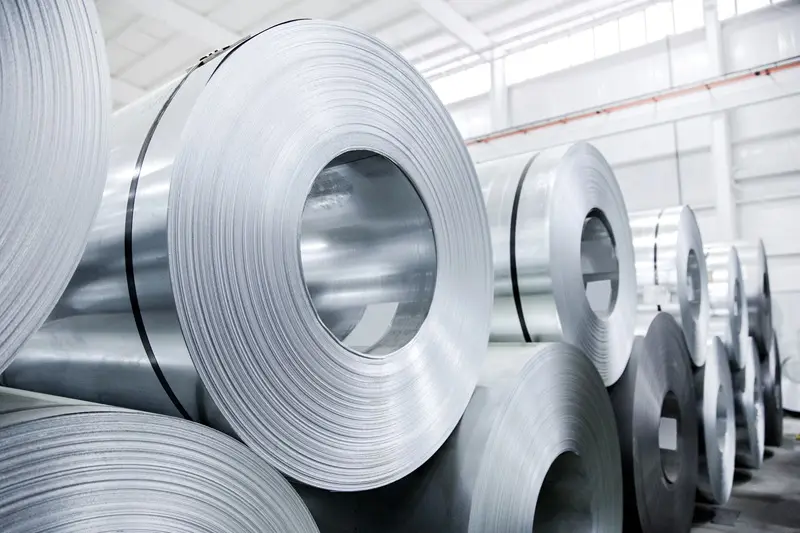Preparing metal elements involves the need to give them appropriate parameters beforehand, both in terms of the geometry of individual details and surface finish. Usually, both heat treatment, such as hardening, and preceding mechanical processing, including milling or cutting, are indispensable. Aluminum, steel, or copper alloys have slightly different properties, hence the technologies used or specific tools may differ somewhat. Let’s find out what distinguishes aluminum and check how it is shaped.
What are the characteristics of aluminum?
Aluminum is a component of many alloys that owe it their low weight resulting from relatively low density, as well as excellent thermal and electrical conductivity. Aluminum is also quite corrosion-resistant, and when reinforced with appropriate alloying additives, it is also rigid and resistant to deformation. It is used in numerous constructions, e.g., window frames, as well as in the production of machines, devices, vehicles, and everyday objects.
How are aluminum alloys processed?
Aluminum can be processed in various ways, but most often machining is involved, which includes milling, turning, and drilling. In all these cases, the final form is obtained by using cutting edges moved relative to the material of higher hardness – a milling cutter, lathe tool, or drill. Processing that utilizes the plasticity of the material is also possible, e.g., during mechanical cutting or sheet metal blanking. Thermal cutting technologies, such as laser cutting, are also quite often used. Changing the surface properties of this metal is also popular, including through anodizing and accompanying dyeing.

